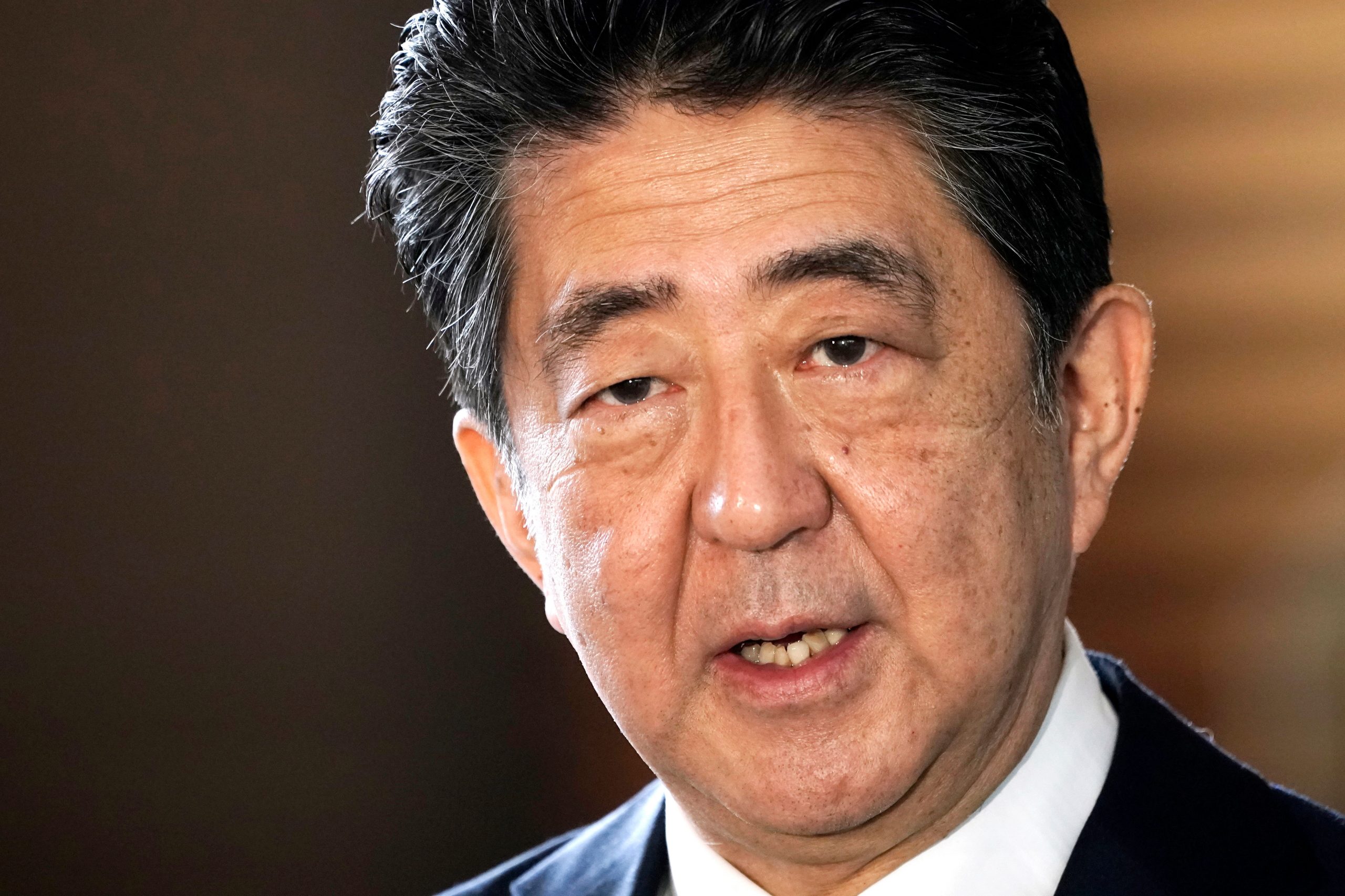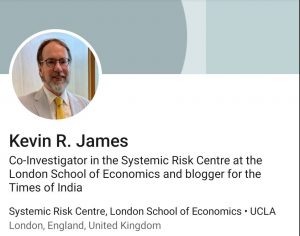Shinzo Abe, the former Prime Minister of Japan, has died
after being shot earlier in the day, according to news agency NHK. Abe, 67, was
shot from behind minutes after he started his speech Friday in Nara in western
Japan. He was rushed to the hospital for emergency treatment but was not
breathing and was in cardiopulmonary arrest.
Shinzo Abe was highly popular for his “Abenomics” policies
to lift the Japanese economy out of deflation. The two arrows of Abenomics –
structural reform and plans for fiscal consolidation – were considered
intrinsic elements to achieve the inflation target and higher sustained growth
in Japan.
Also Read | Shinzo Abe shooting: What we know so far
What is Abenomics?
Abenomics is the nickname for the economic policies set out
for Japan in 2012 when prime minister Shinzo Abe came into power for a second
time. Soon after resuming office, he launched his Abenomics plan to bolster
Japan’s stagnant economy. In a speech following his election, Abe announced
that he and his cabinet would “implement bold monetary policy, flexible
fiscal policy and a growth strategy that encourages private investment, and
with these three pillars, achieve results.”
Also Read | Shinzo Abe’s shooting ‘celebrated’ by Chinese nationalists in China: Report
Understanding Abenomics
In Japan, the 1990s is known as the lost decade because it
was a period when Japan was facing an overwhelming stagnation economically. This
led to enormous budget deficits on the part of the Japanese government. Several
techniques have been deployed to lift the economy out of its unsavory economic
situation by governments and economists during that period. For instance, in 1998,
Paul Krugman, an economist suggested that cutting long-term interest rates and
increasing spending could help achieve inflation expectations in the nation. A
method of quantitative easing was also adopted towards the beginning of 2005
but this did not in any way put an end to deflation. There were several other
attempts to revive the economy between 2006 and 2009.
Also Read | Shinzo Abe shooting: A look at the political journey of former Japan PM
Three Arrows
Abe’s program consisted of “three” arrows. The first was
printing additional currency between 60 trillion yen to 70 trillion yen, to
make Japanese exports more attractive and to attain inflation target of 2%. The second arrow was launching new government spending programs to
stimulate demand and consumption, boost short-term growth, and achieve a budget
surplus over the long term.
Also Read | Shinzo Abe death: Why Tetsuya Yamagami, a navy veteran, shot former Japanese PM
The third element of Abenomics suggested a reform of
various regulations to make Japanese industries more competitive and to
encourage investment in and from the private sector. This included various
corporate governance reforms, easing of restrictions on hiring foreign staff in
special economic zones, making it easier for companies to fire ineffective
workers, liberalization of the health sector, and introducing measures to
support domestic and foreign entrepreneurs. The proposed legislation also aimed
to modernize the agricultural sector and restructure the utility and
pharmaceutical industries. One of the most important reforms was the
Trans-Pacific Partnership (TPP), which was described by economist Yoshizaki
Tatsuhiko as potentially the “linchpin of Abe’s economic revitalization
strategy,” by making Japan more competitive through free trade.
Also Read | A look at former Japan PM Shinzo Abe’s health history
Abenomics helped to boost Japan`s economy
Like all Japanese economic policies since the bubble burst,
Abenomics has worked well at times and stalled at others. Inflation targets
have been met. Japan’s unemployment rate
is over 2% lower than when Abe came to power for the second time. Likewise,
nominal GDP has increased and corporate pre-tax profit and tax revenues have
both seen significant rises. However, Japan’s period of success has been
stalled at many times by global economic forces and the country’s most significant
problem – a rapidly aging population – has increasingly taken the forefront.
Also Read | Who is Tetsuya Yamagami, suspected man who shot former Japan PM Shinzo Abe
Criticism of Abenomics
According to some critics of Abenomics including the
opposition party, the policy upheld by the ruling Liberal Democratic Party (LDP) widened the country’s
wealth gap as the policy only promoted corporate earnings and share prices but
failed to achieve higher wages. Critics argue that the economic reforms have done
little to boost the inflation and the national debt is still at a high of one
quadrillion yen.







